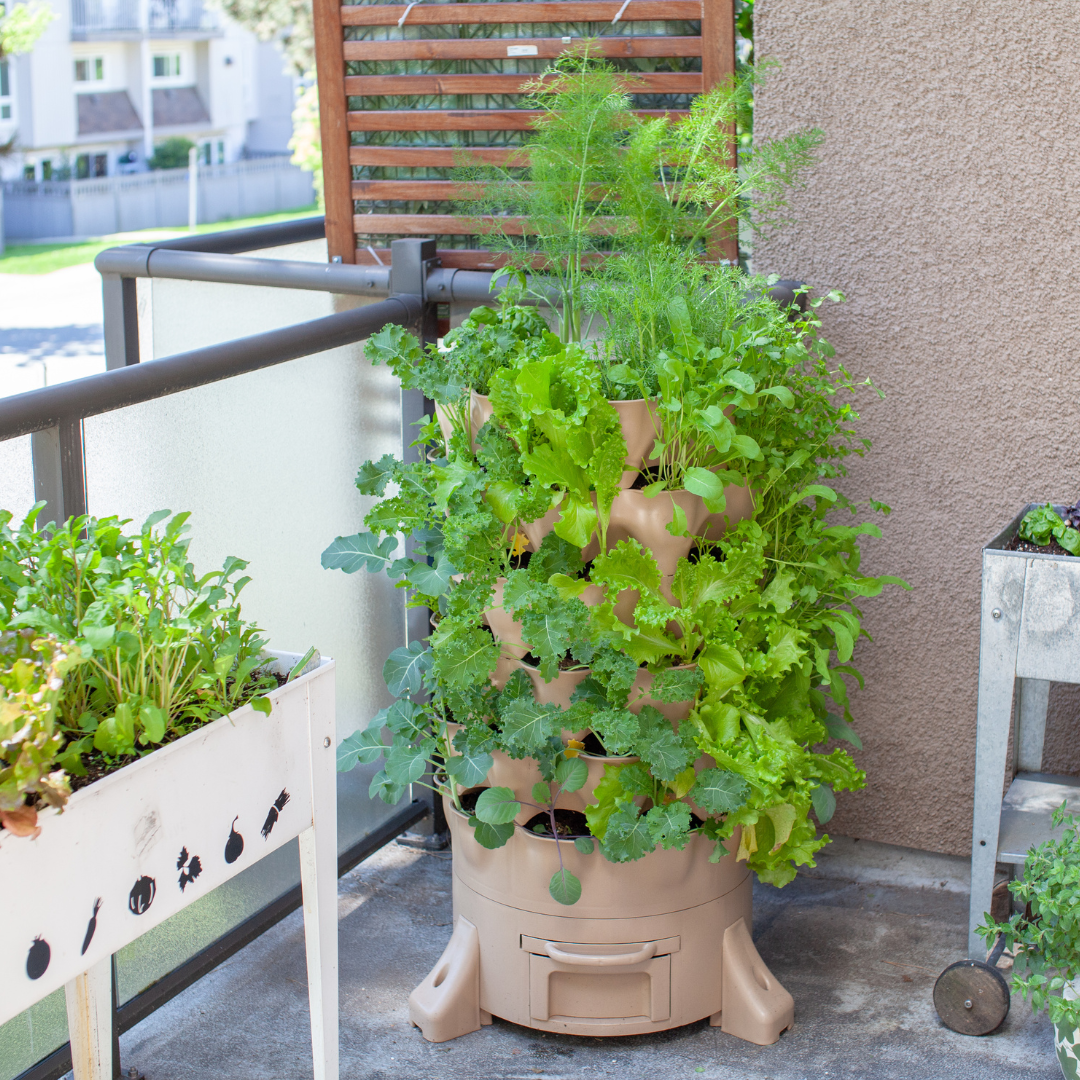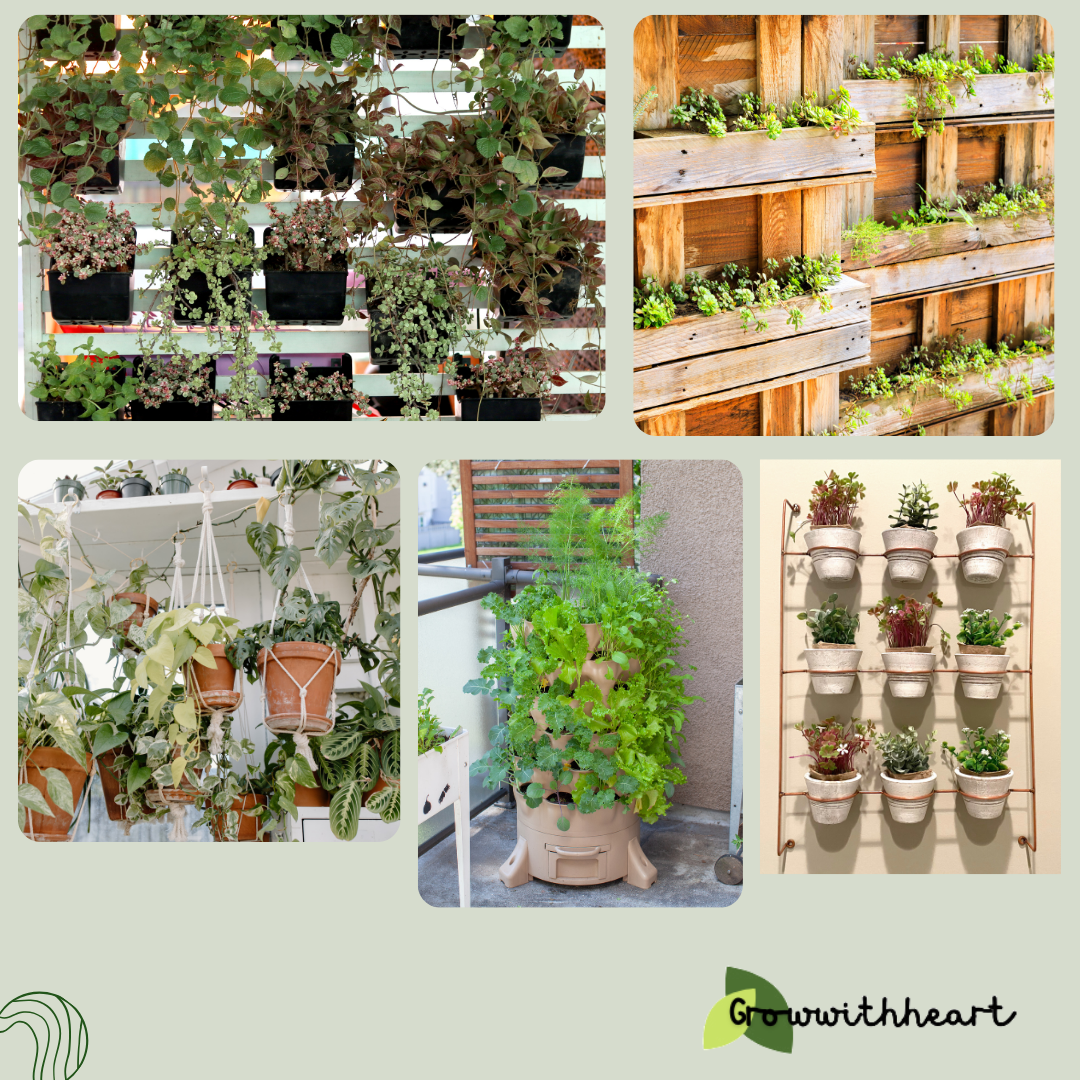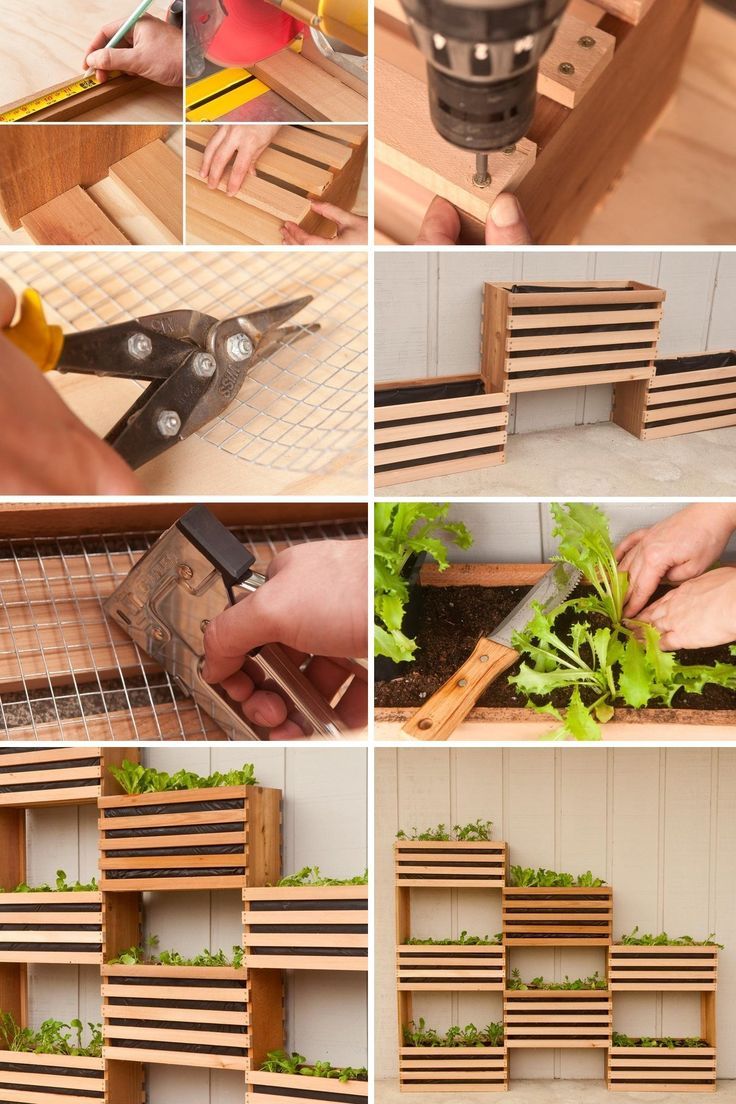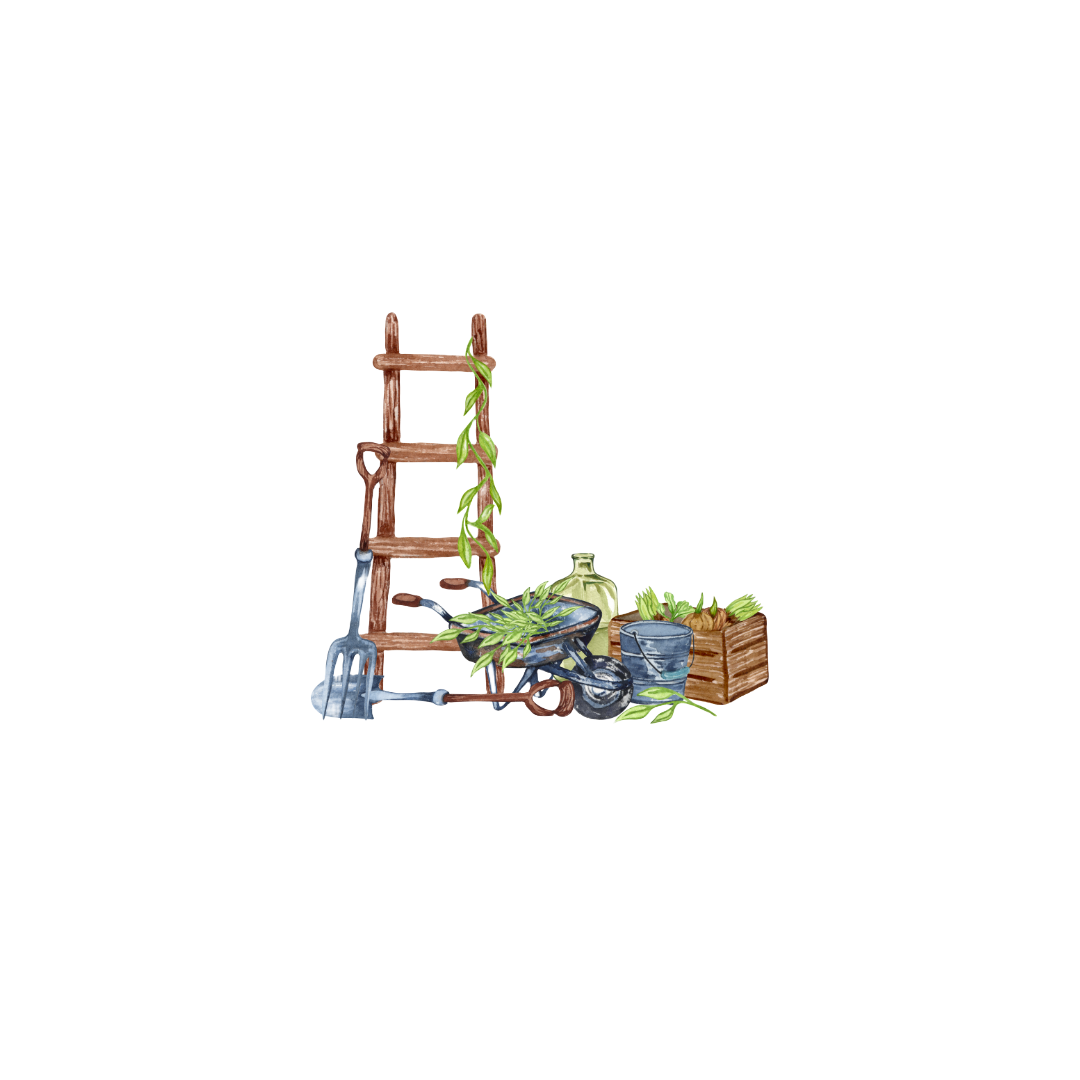Table of Contents
ToggleHow to Start a Vertical Garden in a Small Space
Vertical gardening is a revolutionary way to grow plants in limited spaces.
Whether you live in an apartment, have a small yard, or simply want to maximize your gardening area, vertical gardens offer a practical and aesthetic solution.
This guide will walk you through the process of starting your vertical garden, from planning to maintenance, ensuring you can create a thriving green Small Space vertical garden.

Introduction to Vertical Gardening
Small-space vertical gardening involves growing plants upwards instead of outwards
This method can be implemented using various structures such as trellises, shelves, hanging pots, and specially designed vertical planters.
Small-Space vertical gardening is utilizing vertical space, allowing you to grow a larger variety of plants without requiring a large footprint.
Benefits of Vertical Gardening
- Space Efficiency: Ideal for small apartments, balconies, and tiny backyards.
- Improved Air Quality: Plants help filter the air, making your living space healthier.
- Aesthetic Appeal: Vertical gardens add a unique and attractive element to any space.
- Accessibility: Easier to tend to without the need for bending or kneeling.
- Enhanced Productivity: Maximizes the growing area, allowing for more plants in less space.
Planning Your Vertical Garden
Before you start building your vertical garden, a bit of planning is necessary to ensure success.
Assess Your Space
- Location: Choose a spot that receives adequate sunlight. Most vegetables and herbs need at least 6 hours of sunlight per day.
- Dimensions: Measure the available space to determine the size of your vertical garden.
- Surface: Consider the type of surface you’ll be attaching your vertical garden to – walls, fences, or standalone structures.
Choose the Right Plants
Selecting the appropriate plants is crucial for the success of your vertical garden. Some plants are better suited for vertical growth than others.
- Vines and Climbers: Plants like peas, beans, cucumbers, and tomatoes are natural climbers.
- Compact Varieties: Herbs such as basil, thyme, and mint, or vegetables like lettuce and spinach.
- Trailing Plants: Strawberries and certain types of flowers like petunias and nasturtiums.
Select a Vertical Garden Structure
There are various structures you can use to create your vertical garden. Some popular options include:
- Trellises: Simple and effective for climbing plants.
- Pallet Gardens: Recycled pallets can be turned into a rustic vertical garden.
- Hanging Pots: Perfect for herbs and small flowering plants.
- Wall Planters: Specially designed wall-mounted planters or pocket systems.
- Tower Gardens: Stacked planters that allow for multiple layers of growth.

Building Your Vertical Garden
Once you have your plan in place, it’s time to start building your vertical garden. Follow these steps to create your green oasis.

Step 1: Gather Materials
Depending on the structure you choose, you’ll need specific materials:
- Trellis: Wooden or metal trellis, hooks or screws, and ties for securing plants.
- Pallet Garden: Wooden pallets, landscape fabric, staple gun, and potting soil.
- Hanging Pots: Pots with hooks or ropes, and a sturdy rod or beam to hang them from.
- Wall Planters: Wall-mounted planter system, screws, and wall anchors.
- Tower Garden: Stacked planters or a specially designed vertical garden tower.
Step 2: Prepare the Structure
Ensure your chosen structure is securely installed and ready to support the weight of the plants and soil.
- Trellis: Install the trellis securely against a wall or fence.
- Pallet Garden: Attach landscape fabric to the back and sides of the pallet to hold soil.
- Hanging Pots: Install the rod or beam and hang the pots at varying heights.
- Wall Planters: Mount the planters securely to the wall.
- Tower Garden: Assemble the tower according to the manufacturer’s instructions.
Step 3: Planting

- Soil Preparation: Use high-quality potting soil suitable for the types of plants you’re growing.
- Plant Placement: Arrange plants so that taller or climbing plants are at the top and smaller or trailing plants are at the bottom.
- Spacing: Ensure proper spacing to avoid overcrowding, which can lead to disease and poor growth.
Step 4: Watering System
Efficient watering is essential for a vertical garden. Consider the following options:
- Drip Irrigation: An automated system that provides consistent moisture directly to the roots.
- Self-Watering Planters: Planters with built-in reservoirs that supply water as needed.
- Manual Watering: Use a watering can or hose with a gentle spray nozzle to avoid damaging plants.
Maintaining Your Vertical Garden
Maintenance is key to ensuring your vertical garden thrives. Regular care will keep your plants healthy and productive.
Watering
Consistent watering is crucial. Vertical gardens can dry out quickly, especially in hot weather. Check soil moisture regularly and adjust watering frequency accordingly.
Pruning and Training
- Pruning: Remove dead or diseased foliage to promote healthy growth. Pruning involves trimming dead or overgrown branches and leaves to encourage healthy growth, improve air circulation, and shape the plant.
- Regular pruning promotes a more productive and aesthetically pleasing garden.

- Training: Guide climbing plants by tying them to supports as they grow. Training involves guiding plant growth by tying stems to supports like trellises or stakes.
- This encourages upward growth, improves air circulation, and maximizes space in vertical gardens.
Feeding
Use a balanced fertilizer to provide essential nutrients. Follow the instructions on the fertilizer package for the best results.
Pest and Disease Control
Regularly inspect your plants for signs of pests or diseases. Use organic treatments as needed to keep your garden healthy.
Seasonal Care
Adjust your gardening practices according to the seasons. Consider bringing potted plants indoors or using covers to protect them from frost in colder climates.
Troubleshooting Common Problems
Poor Growth
- Solution: Ensure plants are getting enough light, water, and nutrients. Check for pests and diseases.
Overcrowding
- Solution: Thin out plants to improve air circulation and reduce competition for resources.
Watering Issues
- Solution: Install a drip irrigation system or use self-watering planters to maintain consistent moisture levels.
Conclusion
Starting a vertical garden in a small space is a rewarding and achievable project.
You can create a lush and productive garden that enhances your living space with proper planning, the right plants, and regular maintenance.
Whether you’re a seasoned or a beginner, vertical gardening offers a unique and efficient way to grow your favorite plants.
By following these steps, you’ll be well on your way to creating a thriving vertical garden in a small space.

